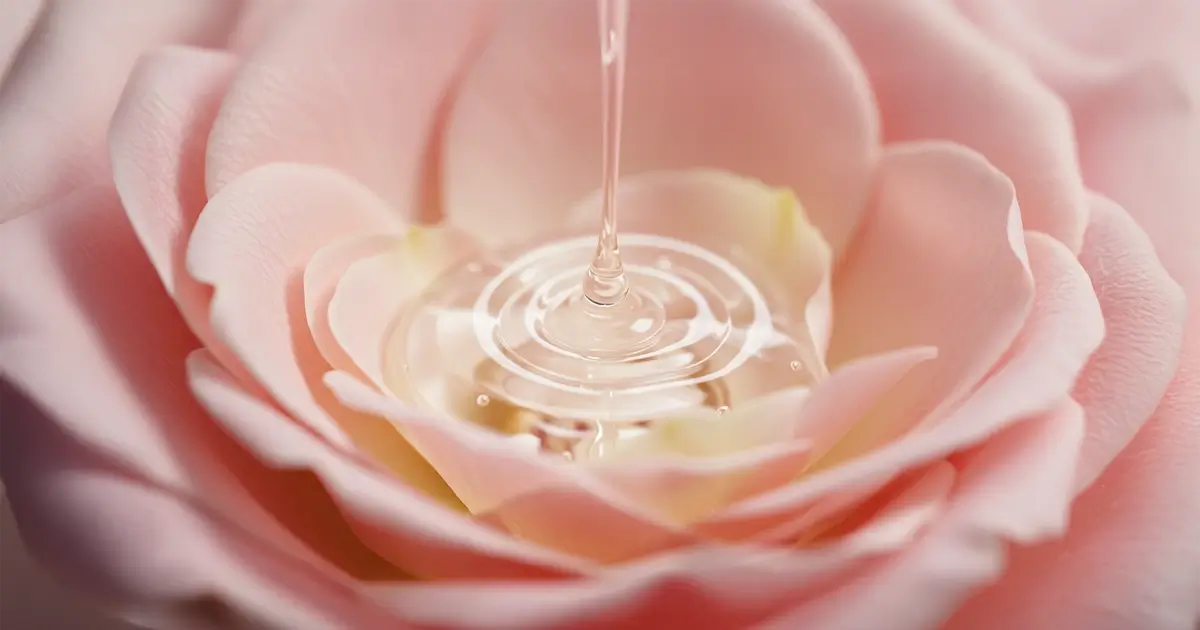If you still think niacinamide is only for blotting away midday shine, brace yourself for a glow-up of knowledge. In the next few scrolls I unpack how this B-vitamin supports your skin barrier, evens tone, and soothes redness in one tidy drop - 12-minute read.
What Exactly Is Niacinamide and Why Should I Care?
Niacinamide is the amide form of vitamin B3, and my inner science geek loves that it dissolves in water, glides into serums, and plays nicely with nearly every other ingredient living on your bathroom shelf. Our bodies cannot store B3 efficiently, so using it topically feels like topping up a phone charger you forgot you needed.
Think of niacinamide as the multitasking friend who remembers everyone’s coffee order yet never asks for applause. It participates in energy-producing pathways inside cells, which means healthier keratinocytes, smoother texture, and fewer "Why is my forehead so cranky today?" moments.
Several dermatology reviews rate niacinamide as "high tolerability," a fancy way of saying most complexions get on with it better than they do with high-strength acids or retinoids. A 2024 randomized study in the Journal of Cosmetic Dermatology found twice-daily 5 percent niacinamide increased hydration and reduced transepidermal water loss after eight weeks.
Price matters too. Because niacinamide is stable, water-loving, and easy to source, formulas cost less than trendy peptides that require fancy encapsulation. Your wallet stays calm while your skin grows calmer.
Universally Friendly and Budget Happy
Whether you are oily, dry, combo, or "my face changes personalities every season," niacinamide flexes to your needs. At 2 percent it hydrates, at 5 percent it balances sebum, and at 10 percent it tackles tone issues without drama.
Dermatologists often recommend it to patients starting stronger actives. It builds baseline resilience, so later experiments with retinoids or gentle acids feel less like signing up for a sandpaper facial.
Building a Resilient Skin Barrier
The outermost layer of your skin, the stratum corneum, is a bustling lipid matrix that works like a well-grouted tile wall. When gaps appear, water escapes and irritants sneak in, leading to flakiness, stinging, and that tight-drum sensation.
Niacinamide stimulates ceramide synthesis. Ceramides are waxy lipids responsible for sealing those microscopic gaps. A Mayo Clinic monograph notes significant barrier improvement in patients who paired 5 percent niacinamide lotion with daily moisturiser compared with moisturiser alone.
- Locks moisture: Higher ceramide counts reduce transepidermal water loss.
- Shields against pollution: A fortified barrier means fewer free radicals entering skin tissue.
- Dials down sensitivity: Better lipid layers equal less post-cleanse sting.
Consistency matters. I apply a pea-sized dose morning and night underneath my cream. After four weeks the half-moon cracks that used to form around my nostrils in winter stayed invisible, and foundation stopped clinging to invisible flakes.
How Niacinamide Fuels Ceramide Production
NAD+ is a co-factor our cells use to assemble fatty acids. Niacinamide is a direct precursor to NAD+, so adding it topically raises the local pool. More co-factors mean faster ceramide assembly lines, which translate to a smoother lipid seal.
If chemistry diagrams freak you out, imagine tiny factory workers suddenly getting a coffee refill. Productivity soars, and the warehouse doors (your pores) stay guarded.
Fading Discoloration and Evening Tone
Hyperpigmentation rides in on many tickets: acne scars, hormonal melasma, and sun worship sessions you thought harmless at twenty-three. Niacinamide reduces the transfer of melanosomes from melanocytes to keratinocytes, which essentially slows the hand-off of pigment granules.
A 10 percent formulation showed statistically significant reduction in brown patches by week twelve in a Thai study of 150 participants. The researchers noted results comparable to 4 percent hydroquinone, minus irritation.
Here is where patience plays hero. Pigment lives deep in skin layers, so improvements surface gradually. Keep selfies under the same lighting every two weeks; you will notice edges of old spots look smudged and lighter.
- Pairs well with exfoliating acids: Gentle lactic acid clears away dead cells so niacinamide penetrates evenly.
- Loves antioxidants: Vitamin C tackles oxidative stress, while niacinamide suppresses pigment transfer. Tag-team perfection.
- Supports sunscreen’s efforts: Daily SPF prevents new melanin signals, letting niacinamide focus on existing marks.
Synergy With Antioxidants
Internet lore once claimed vitamin C and niacinamide cancel each other out. Modern lab data says otherwise. They remain stable together under pH 6, and many brands now bottle them side by side.
I mix two drops of a 20 percent l-ascorbic acid serum with my niacinamide in the palm before pressing on cheeks. No orange crust, just brighter mornings.
Calming Redness and Inflammation
Rosacea, flushing after spicy food, windburn - whatever turns your complexion tomato-tinted, niacinamide can help. It dampens the release of inflammatory cytokines and strengthens barrier function, reducing triggers that spark redness.
One split-face trial on 40 rosacea subjects applying 4 percent niacinamide gel twice daily reported a 65 percent reduction in visible redness by week eight. Participants also experienced fewer papules compared with the control side.
Some of my friends with eczema prone skin notice less itching when they swap basic lotion for a niacinamide-spiked version. Because it lacks steroids, they feel comfortable using it long term.
Remember to rule out allergy if your redness worsens. Although rare, some individuals cannot tolerate high doses. Patch test on the jawline for three nights before full commitment.
Choosing and Using Niacinamide Wisely
Serums and moisturisers tout percentages from 2 to 20. Higher numbers are not always better, especially if your barrier is already unhappy. Start low, allow skin to adapt, then bump up if you feel underwhelmed.
Texture influences feel and layer order. Water-weight serums slide under sunscreen without pilling. Creams with added emollients come in handy at night when heaters run wild.
Check ingredient lists for adjuncts like zinc or panthenol. Zinc helps acne, panthenol smooths edges, and niacinamide supports both. For label decoding tips, skim my ingredient-sleuthing guide next.
- Patch test on the underside of the forearm for three consecutive nights.
- Apply after cleansing and before thicker creams.
- Use twice daily, or once if you fear over-enthusiasm.
- Pair with broad-spectrum sunscreen every morning.
- Track progress with photos rather than memory, because our eyes lie when the bathroom lighting changes.
FAQ
Can niacinamide and retinol be used together?
Yes, and they make a powerful couple. Apply niacinamide first to reduce irritation potential, wait five minutes, then layer retinol.
Is purging normal after starting niacinamide?
Unlike acids or retinoids, niacinamide does not increase cell turnover sharply, so true purging is uncommon. Breakouts usually stem from another ingredient or an underlying clogged pore finally surfacing.
What concentration is best for beginners?
Start with 2 to 5 percent. Once skin responds happily for a month, you may explore 10 percent formulas for stubborn pigmentation or oil control.
Does niacinamide lighten overall skin tone?
It targets uneven patches, not baseline complexion. It will not bleach your natural shade; it simply smooths distribution of melanin for a clearer look.
How long before I see results?
Barrier hydration improves in two weeks, oil balance in four, and hyperpigmentation plus redness reduction by eight to twelve weeks. Keep up regular use for lasting change.
Conclusion
Niacinamide is more than an oil sponge. By boosting ceramides, moderating pigment transfer, and calming inflammation, it serves as a practical ally for nearly every routine.
Drop your experiences below, especially if you found a formula worth shouting about. See you in the next post - until then, take good care of your skin!


Comments (0)
No comments yet - be the first to share your thoughts!
Leave a Reply
Your email address will not be published. Required fields are marked *